Have you heard that you must shop the perimeter of the grocery store to be eat healthy? The idea is that all the healthy foods are on the outer circle of the store. Following that logic, the foods in the center aisles must be horrible for your health. I call bullshit.
I’m writing to you today from my home in Florida where “hurricane season” has come up on the 2020 Jumanji dice. In planning for the potential for a power-blip from the incoming storm, I ordered some shelf stable foods from Instacart for delivery today. Shelf-stable foods get a bad rap from health-promoters. While some deserve the unhealthy reputation, there are many health-promoting foods to be found in the aisles.
Besides, fearmongering about foods and the “health halo” judgment from those with food privilege pisses me off.
You can find plenty of articles on healthy-foods in the aisles, so let me share just a few of the shelf-stable foods that are typically a part of my heart-healthy, nom-focused eating style.
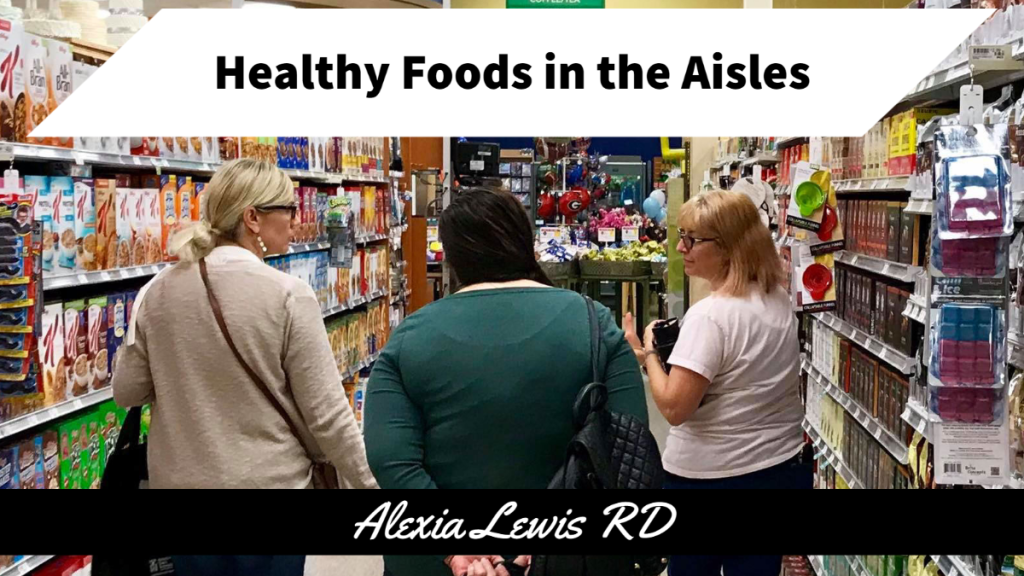
Dried beans… every week.
Hubs and I have been enjoying chickpeas (garbanzo beans) in our salads for the past few months. Extra delicious when you toss in some feta cheese, sliced almonds, and top with a spicy vinaigrette! Black beans are another family favorite. Last weekend, I cooked up a pound of dried black beans, then portioned them into baggies in 1-cup servings and froze them. Now, I just grab a bag from the freezer each time I use one up and they are ready the next day.
I wrote about how amazing beans are a while ago. And for the cost – mon dieu – dried beans are the way to go! A 16-ounce can of beans has about 1 1/2 cups of beans. You can buy a store brand can for around $1.00. Dried beans though, that 16-ounce bag makes about 6 cups for the same price. I can do that math. Four times as much if you take the time to cook your own beans.
If we lose power, the beans will need to get eaten first since they’ve been cooked. Roll up black beans mashed with avocado from the countertop and some shelf-stable salsa in a thin flatbread and you have a tasty wrap.
Peanut Butter.
Not only do the dogs enjoy the natural peanut butter to get their daily pills down, hubs and I are huge peanut butter fans. I add some to my protein shakes for thickness and flavor, stir it into yogurt, mix it with salsa for a spicy sauce, top rice cakes with it (plus banana and a sprinkle of cinnamon), and eat it right off the spoon. If we lose power, we can just spread some peanut butter on a rice cake or banana and have a nice, filling snack.
Any nut butter will be a heart-healthy delicious choice so don’t get stuck wondering which nut or seed is the most nutritious, just choose what you enjoy. And check the label to make sure there is no sugar added or sugar alcohols (xylitol is toxic for dogs). It’s a winner if you see just the nut/seed and salt on the ingredients list.
Fruit Cups.
I’m on a mandarin oranges jag. These little beauties are great in yogurt, cottage cheese, tossed in those salads, or just straight out of the cup while leaning over the sink. I’m a macro-counter and when I need more carbs in my day, these work great. My hubs adds them to some bourbon drink he likes too. Look for the ones packed in their own juice or with no sugar added.
While these are found in the perimeter of the store (so I’m a little off topic), I am talking about foods to eat if you lose power. So, I will throw in that many fruits can be kept on the counter like bananas, apples, and peaches oranges as well as tomatoes and avocados.
Soup and Canned Chicken.
Not weekly staples but great if we lose power. Soup is easy to heat up on the propane grill. Canned chicken can be mixed with mayo and mustard packets and spread on a slice of bread with a tomato from the kitchen counter.
I hear you groaning “but the sodium, so much salt!” I would agree.
We choose the lower-sodium versions. You could also rinse of the chicken if sodium is a concern (but we don’t). And remember, if you eat a high sodium lunch, that will balance out if you eat a low sodium dinner. Your health isn’t broken by the healthfulness of one meal. Nutrition gives us the grace of time and cumulative effects.
Via Packs & Shelf-Stable Almond Milk.
A storm is coming and I won’t be without coffee. Enough said.
Plus for protein, I use the almond milk as a base for a protein shake – made with some shelf-stable protein powder – and grab a handful of walnuts to keep my macros balanced.
I could go on and on because I love food. Why else would I do what I do for a living? But I will stop here and instead ask, what are your favorite healthy finds in the aisles?
Share in the comments and let’s all help each other find those shelf-stable foods so we can get rid of the food fear and just start enjoying the fact that we have safe, readily available, and healthy options for everyone.
Yours in good health,
-Coach Alexia Lewis RD







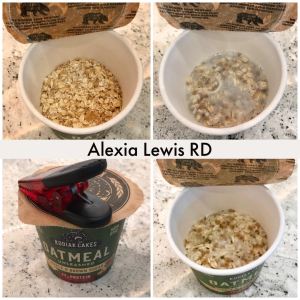





 A grocery store is an excellent resource for learning about food and food marketing in general, discovering which foods and products will work best for you and your family, and getting answers to your health and food questions.
A grocery store is an excellent resource for learning about food and food marketing in general, discovering which foods and products will work best for you and your family, and getting answers to your health and food questions.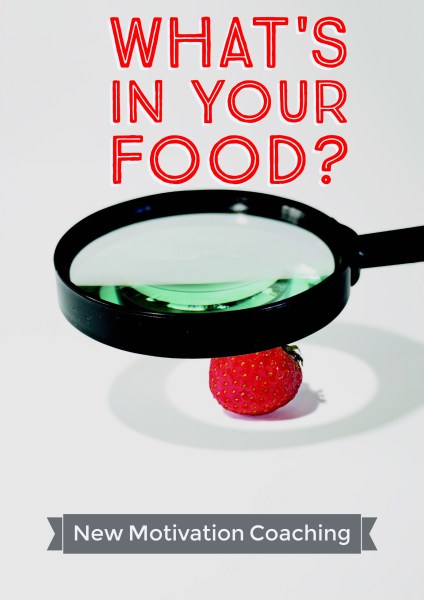 on your (imaginary) detective hat, go into the store, and put our hands on food packages. You get to put what you just learned into action to make better-for-you food choices.
on your (imaginary) detective hat, go into the store, and put our hands on food packages. You get to put what you just learned into action to make better-for-you food choices. You will walk away empowered knowing you can choose healthier-for-you foods on your very next shopping trip. After this fun and interactive experience, you will be so much closer to knowing exactly how use food and nutrition to reach your health goals. You will also be well prepared to handle life’s curveballs because you know how to critically evaluate food packaging – instead of just getting brand recommendations. You will now have the skills to change your food choices as your health, needs and schedule changes.
You will walk away empowered knowing you can choose healthier-for-you foods on your very next shopping trip. After this fun and interactive experience, you will be so much closer to knowing exactly how use food and nutrition to reach your health goals. You will also be well prepared to handle life’s curveballs because you know how to critically evaluate food packaging – instead of just getting brand recommendations. You will now have the skills to change your food choices as your health, needs and schedule changes.

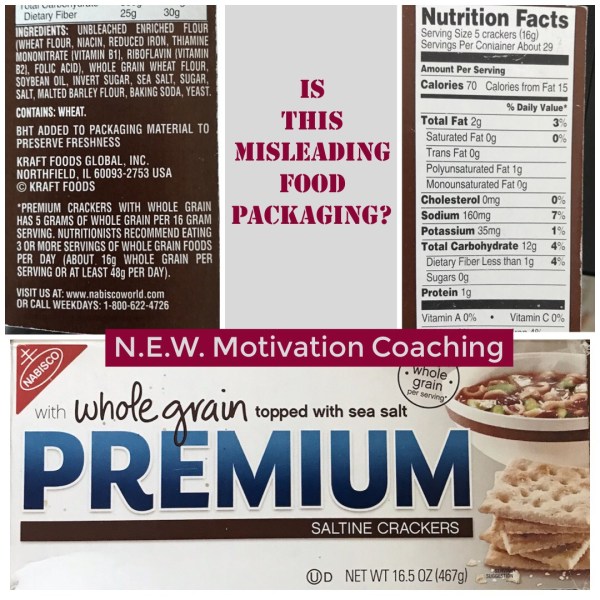 with the word “Natural” in big type on the front of the package and there are pictures of farms or hearts on it.
with the word “Natural” in big type on the front of the package and there are pictures of farms or hearts on it. What actually happens if antibiotics end up in dairy milk when it’s being transported?
What actually happens if antibiotics end up in dairy milk when it’s being transported? The aisles are long and sometimes hard to maneuver. Ever run your cart into a bin in the aisle with a sale item?
The aisles are long and sometimes hard to maneuver. Ever run your cart into a bin in the aisle with a sale item? If you have been wondering about that new cold brew coffee or the pre-made overnight oats or egg cups, a grocery tour is a great chance to figure out if those products are worth a try.
If you have been wondering about that new cold brew coffee or the pre-made overnight oats or egg cups, a grocery tour is a great chance to figure out if those products are worth a try.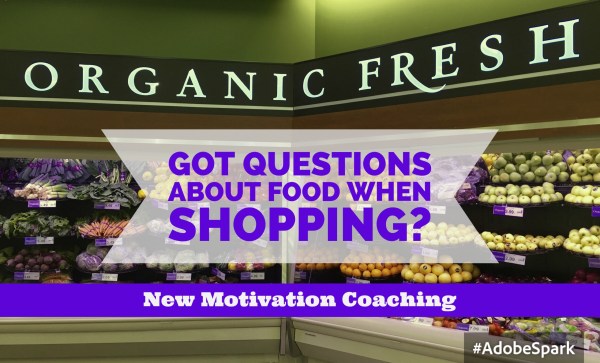 Grocery tours are interactive – each one is different! Your questions guide what the tour covers so you can be sure to get what you need from the tour.
Grocery tours are interactive – each one is different! Your questions guide what the tour covers so you can be sure to get what you need from the tour.







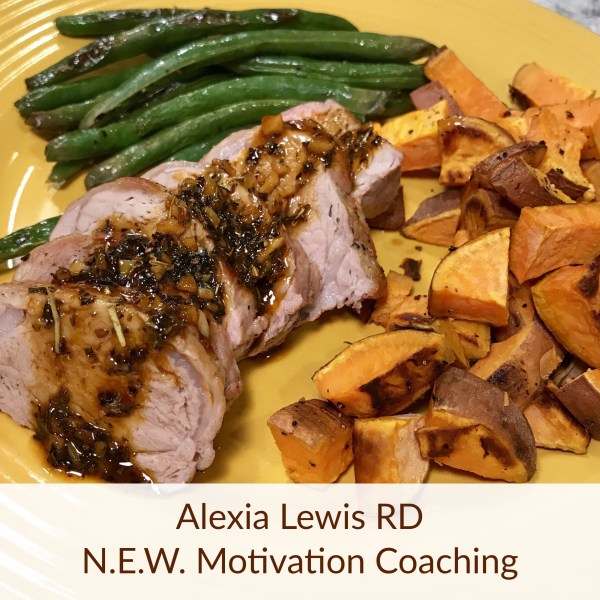
You must be logged in to post a comment.